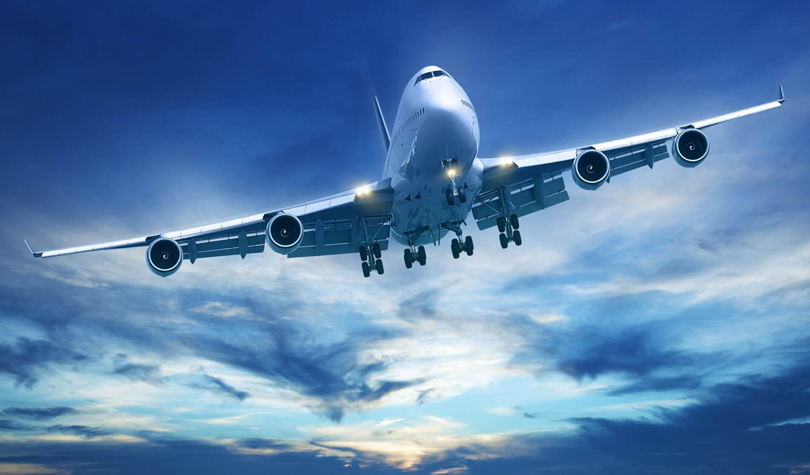
Due to the lifestyle and profession I’ve chosen, I travel frequently—especially by plane. During one of these trips, as I entered the airport, I stood in line for an hour with no progress. Delays were mounting, and exhausted passengers were shocked to see nothing changing. The staff responsible for checking tickets and luggage seemed confused, merely tinkering with computers. People grew increasingly frustrated and tired. It was past midnight when a man suddenly announced, “Everyone from the back of the line, come to the other side!” Fortunately, though I was at the end of the line, I became first in the new queue. They processed us quickly, and we moved on.
Later, I realized the staff at the counters were resentful toward airport management and used the computer malfunctions as an excuse to stall. A manager arrived, shouting threats into a walkie-talkie, berating everyone. Hearing this, I wondered: How can an airport be run this way? Wanting to help, I approached the manager after my check-in and said, “I have a suggestion…”
Politely, he asked, “What’s your job?” I replied, “I’m not here for work—I have feedback. The staff typing with one finger instead of using ten-finger typing slows everything down. Train them for two weeks, and efficiency will improve.” Instead of thanking me, he snapped, “These aren’t employees! I’ll make their lives hell!” I realized I’d spoken to the wrong person.
I said, “You’re the manager; you know best.” That’s when I understood why the airport was chaotic: you can’t manage a massive operation through threats. Delays cost airlines and passengers dearly.
We boarded the delayed flight, and something remarkable happened. The pilot apologized sincerely over the intercom, promised to arrive five minutes early to ease connecting flight worries, and apologized three more times mid-flight. Upon landing, he stood at the door, smiling and bidding farewell to each passenger.
I was stunned. The manager, whose poor decisions caused delays, rejected advice and blamed others. The pilot, unrelated to the delay, took responsibility, calmed passengers, and solved the problem. Why such a contrast?
In struggling airlines, poor management—like cutting meals to “save costs”—ignores how mismanagement destroys value. Meanwhile, successful airlines prioritize service and accountability.
In tough times, I ask: Do we act like the airport manager or the pilot? Do we shift blame or solve problems? If your child struggles in school, do you call them “slow” or say, “Let’s figure this out together”? If your spouse is upset, do you dismiss them or ask, “How can I help?”
At work, do you blame colleagues or ask, “How can I motivate my team? Why do they lack passion?” Once, I advised a large company drowning in bureaucracy. Their six-month procurement process wasted resources. Yet when I suggested investing in employee well-being, they claimed “no budget”—though they’d splurge on new cars.
Human-centric management is key. Assign someone to address staff needs—like meal quality or timely leave—and watch morale soar. Employees thrive when valued. Sadly, many leaders resist change. As Hafez wrote:
Between lover and beloved, no barrier exists.
You are your own veil, Hafez—step aside.
Take responsibility. Choose to lead, not flee. In family, work, or community, the choice is yours.
Warm regards,
Mahmoud Moazami

